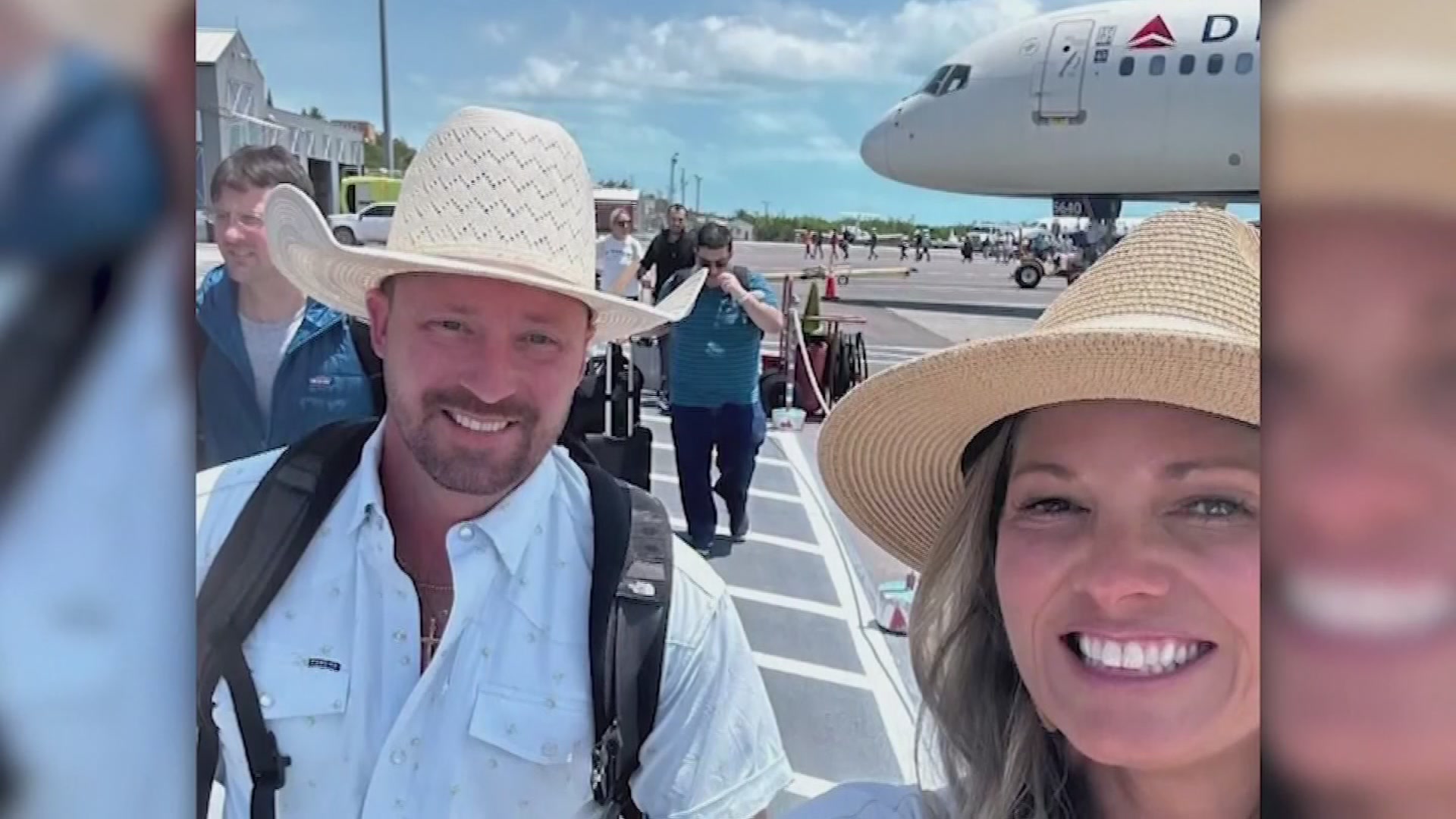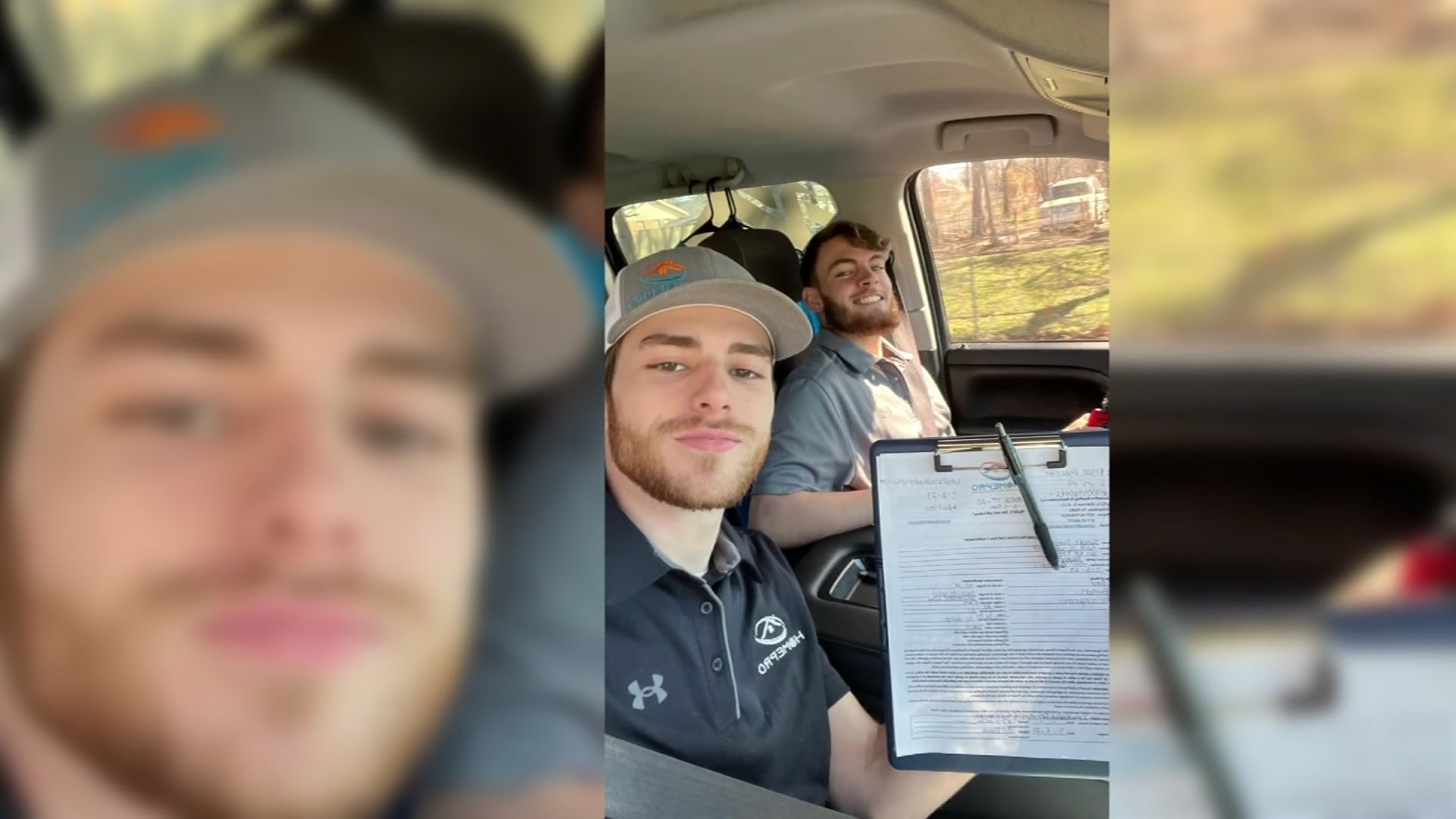May is American Stroke Month.
The American Stroke Association and American Heart Association are working to raise awareness for the signs and symptoms of stroke, especially for women.
The data really spells it out:
- Someone in the U.S. has a stroke every 40 seconds.
- Stroke is the number four cause of death in women.
- One in five women will have a stroke, or about 55,000 more women than men each year.
- Women have a higher lifetime risk of stroke than men.
Get DFW local news, weather forecasts and entertainment stories to your inbox. Sign up for NBC DFW newsletters.
It Can Happen to Anyone
One Frisco woman never thought it would happen to her. But it did, at age 34.
“I think it’s easy to write strokes off as something that happens when you’re older. I thought of it as something that happened to my grandfather, that sort of thing. So it wasn’t top of mind for me,” said Christal Howard.
Local
The latest news from around North Texas.
Howard, a former TV news reporter and anchor turned newspaper publisher, said she always had a long to-do list in her life.
"But I never quite put myself at the top of that to-do list and my own health,” she said. “Even though I sat on the anchor desk for years and read off stroke symptoms and warning signs to watch for, I still didn’t connect the dots that this could happen to me at age 34."
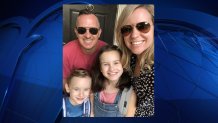
In 2018, the mom of two was focused on raising her kids and excelling at work.
“It’s easy to get busy taking care of other people and to not prioritize taking care of yourself. And I think I was definitely guilty of that,” she said.
But when she started having bad headaches, she chalked it up to migraines she always had for years.
"Then one night, I woke up in the middle of the night and it was exceptionally painful, to the point that I thought I might throw up,” Howard recalls. “So I reached over to wake up my husband and when I did, no words would come out. It was strange stammering of noises. I’m not even sure what it sounded like."
After a trip to the emergency room, she said all of the signs initially pointed toward migraines.
“The doctor gave me a choice. He said, 'Do you want to do imaging or do you want to just go home and take some meds?'" she said. "And I thought it would just be easier to go home take some medicine and sleep it off. So that’s what I chose to do."
But the following week, it got worse. At work, she could barely speak.
“I was sort of muddling through life. I have a big job that’s busy as a newspaper publisher so the schedule always keeps coming. And I love that part of it, it’s my favorite thing," Howard said. "I wanted to power through and I tried – until a coworker finally came to me and said, 'something is going on with you I really think you need to get checked out.'"
Another trip to the hospital finally revealed she was having multiple strokes. A doctor told her it was carotid artery dissection – one of her arteries was coming apart and blocking blood flow to her brain.
"At the time I had no history. So I did not prioritize that,” Howard said. “But had I had a primary care physician, I probably would have sought him out and maybe he would’ve been more in tune to the fact that something more was going on here."
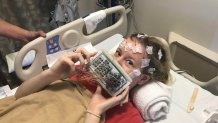
She was whisked away to a hospital that had a specialized department to provide her the care and medicine she needed to recover.
“There’s all of these medical terms coming at you and things you’ve never thought about before. On top of that, you’re in a haze because you’re obviously not well. So it was just a whirlwind," Howard said.
Understanding a Stroke
There are two different types of stroke. Hemorrhagic strokes occur when blood vessels may rupture in the brain. Ischemic strokes happen when a blood clot forms and blocks an artery going to the brain.
According to Dr. Claudia Perez of Texas Health Fort Worth strokes can strike anyone at any age.
High blood pressure is the leading cause, and that's more common in women due to pregnancy, menopause and birth control pills.
"About 50% of women have high blood pressure and when we look at studies where about 75% of those with high blood pressure don’t have their blood pressure controlled,” said Perez.
Women are also more at risk for stroke in different stages of their life.
"The first time to really consider this is whenever somebody starts taking birth control pills. Birth control pills and someone who already has high blood pressure increases the risk of stroke," said Perez. "Smoking can increase your risk of stroke by four times. If you are taking birth control pills, do not smoke."
Pregnant women are three times more likely to have a stroke than non-pregnant women of the same age. Black and Latina women face an even greater risk of developing high blood pressure, having a stroke and having complications during or immediately after pregnancy.
And if you had high blood pressure during pregnancy, you’re at an increased risk for developing high blood pressure and having a stroke later in life.
Finally, stroke can become a risk factor for women who enter menopause and begin using hormone replacement therapy.
"Identifying those unique times in a woman’s lifetime whenever they are higher risk is going to be important so that we can take preventative measures," said Perez.
She says the F.A.S.T. method can help people see and understand the warning signs of stroke:
- Face drooping: Does one side of the face droop or is it numb? Ask the person to smile. Is the person's smile uneven?
- Arm weakness: Is one arm weak or numb? Ask the person to raise both arms. Does one arm drift downward?
- Speech difficultly: Is speech slurred? Is the person unable to speak or hard to understand? Ask the person to repeat a simple sentence, like "The sky is blue."
- Time to call 911: If someone shows any of these symptoms, even if the symptoms go away, call 9-1-1 and get to a hospital immediately. Check the time so you'll know when the first symptoms appeared.
“So let’s say that the clot is passing through and dissolves. But it does serve as a warning sign. So even if the symptoms go away it’s very important that we get to the hospital because this could be a warning sign of a major stroke coming on,” said Perez.
Additionally, men and women share a common set of stroke symptoms but women can experience more subtle warning signs including disorientation, confusion, memory loss, fatigue, nausea or vomiting.
Prevention is Key
Howard thought she lead a healthy lifestyle before her stroke.
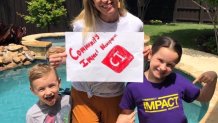
“I did become more aware of cholesterol intake. That had nothing to do with my stroke, but going forward, I don’t want to add any sort of risk factors that could cause it to happen again,” she said. “So I’m very mindful of taking medications, eating healthy to make sure that I lower my risk factors in every way possible.”
She wants others to know it can happen to anyone.
“I think it’s important to know that you have to pay attention,” Howard said. “While you may be an outlier, you’re never too young and it’s never impossible for it to happen to you or someone you love.”
Perez says a healthy diet, exercise, controlling blood pressure, cholesterol, and stress and understanding family history can prevent a stroke. In fact, up to 80% of strokes are preventable.
"Lifestyle is important. Maintaining a healthy diet, staying active and definitely not smoking," she said. “Having high salt in the blood can lead to worsening of your high blood pressure so definitely keeping a lower salt content whenever you have high blood pressure is important to control it."
If you have a family history of stroke, high blood pressure, high cholesterol, lupus and other conditions that can lead to stroke risk for yourself, talk to your doctor about it.
For more information, visit www.stroke.org.

